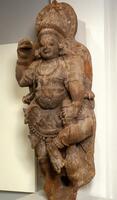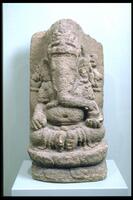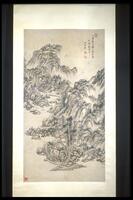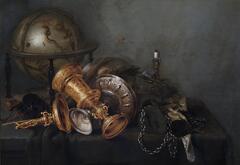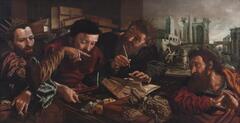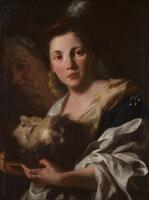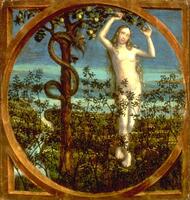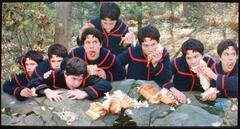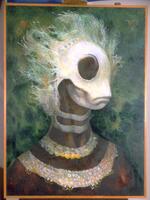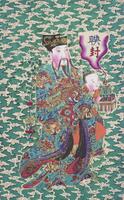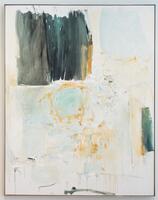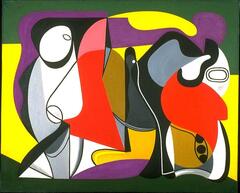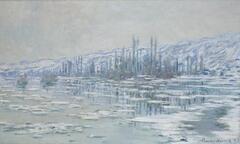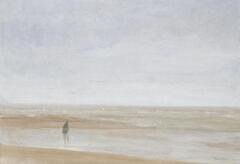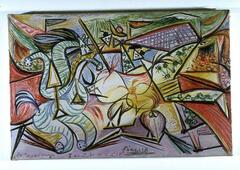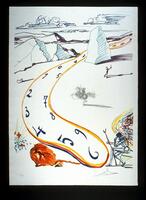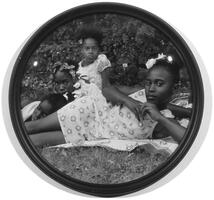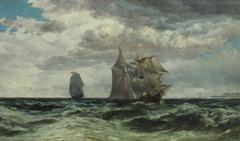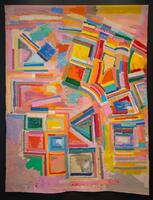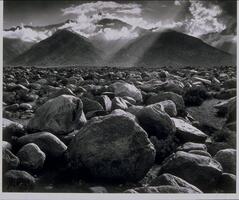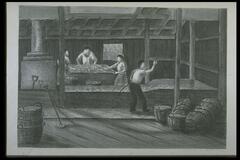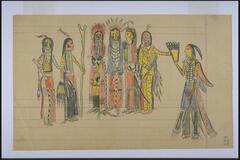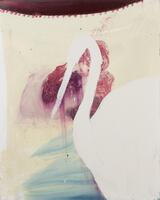40 Items in this Learning Collection
Collection Object
Collection Object
Collection Object
Collection Object
Collection Object
Collection Object
Collection Object
Collection Object
Collection Object
Collection Object
Collection Object
Collection Object
Collection Object
Collection Object
Collection Object
Collection Object
Collection Object
Collection Object
Collection Object
Collection Object
Collection Object
Collection Object
Collection Object
Collection Object
Collection Object
Collection Object
Collection Object
Collection Object
Collection Object
Collection Object
Collection Object
Collection Object
Collection Object
Resource with 3 media
Collection Object
Collection Object
Collection Object
Copyright
All Rights Reserved
()
Geese and Reeds (two of a pair)
Accession Number
2009/1.488.2
Title
Geese and Reeds (two of a pair)
Artist(s)
Ki-hun Yang
Object Creation Date
late 19th century
Medium & Support
ink on paper
Dimensions
5 ft. 10 1/2 in. x 21 5/16 in. (179 x 54 cm);45 1/2 x 16 3/8 in. (115.5 x 41.5 cm);25 1/8 x 1 7/16 in. (63.7 x 3.5 cm)
Credit Line
Gift of Keum Ja and Byung Schick Kang
Label copy
Winter 2015 Gallery Rotation
Yang Gi-hun, a scholar-official who lived at the end of Joseon period, served as a court painter to King Gojong (ruled 1863–1907). He was best known for the many paintings he made for the northern palace at Pyongyang (the capital of present day North Korea). The playful scenes of geese and reeds depicted on this pair of scrolls have a double meaning. In the Korean language, the pronunciation of the character for “reed” is the same as the pronunciation of the character for “comfort”; the characters for “goose” and “old” are also homonyms. Thus the reed and goose together symbolize a wish for a comfortable life in old age. As the provinces became economically more powerful, imperial rule was weakening, and there was a great demand for paintings of geese and reeds even outside of the court. Yang Gi-hun frequently painted the subject in various formats, from a single hanging scroll, to diptychs such as these, to large folded screens. This example attests to the painter’s accomplished handling of the brush and his playful sense of composition.
Subject matter
Yang Ki-hun was a highly ranked official who held a position equivalent to minister of culture in Pyongyang and at the royal court in Seoul. Trained in Japan, he was also a renowned painter and calligrapher who created a number of compositions for the northern palace at Pyongyang for King Kojong (ruled 1863-1907).
Geese and reeds were Yang’s favorite subject matter. The Chinese character “reed” is a homonym of the character “old,” and the character “geese” is that of “comfort.” Together, the subject can be interpreted as a wish for comfortable old age.
Physical Description
A grounded and a flying goose is paired in both paintings, creating a contrast of stillness and movement. A goose swoops into the scene from the top left, while the neck of the grounded goose follows a graceful curve to look at the approaching bird. The swaying reeds and grass around the grounded goose add lightness to the composition. Between the two geese are three lines of calligraphy.
These two hanging scroll paintings depict geese and reeds. Based on the style, the use of silk and the mounting method, it is assumed that the two works are part of the same set. Plate 278-1 (2009/1.488.1) depicts three geese including one with its head plunged into the water, while Plate 278-2 (2009/1.488.2) depicts two. Both works depict reeds on the right part of the painting. Yang’s signature in “boneless” stroke style, effective in portraying light and shade, is striking. Yang Gihun (楊基薰, 1843–?), who painted these works, was active mainly in Pyeongyang which is currently located in North Korea during the nineteenth century and was renowned for his goose paintings. The Korean pronunciation of the Chinese characters for “reed (蘆; no)” and “goose (雁; an)” are homophonous with the word “noan (老安),” meaning “comfortable old age.” Yang left several “geese and reeds” paintings which he generally produced as couplets or sets of four- or eight-panel screens.
Primary Object Classification
Painting
Primary Object Type
hanging scroll
Rights
If you are interested in using an image for a publication, please visit http://umma.umich.edu/request-image for more information and to fill out the online Image Rights and Reproductions Request Form. Keywords
Chosen (ancient)
geese
hanging scrolls
ink
reeds (aerophones)
2009/1.488.2
Title
Geese and Reeds (two of a pair)
Artist(s)
Ki-hun Yang
Object Creation Date
late 19th century
Medium & Support
ink on paper
Dimensions
5 ft. 10 1/2 in. x 21 5/16 in. (179 x 54 cm);45 1/2 x 16 3/8 in. (115.5 x 41.5 cm);25 1/8 x 1 7/16 in. (63.7 x 3.5 cm)
Credit Line
Gift of Keum Ja and Byung Schick Kang
Label copy
Winter 2015 Gallery Rotation
Yang Gi-hun, a scholar-official who lived at the end of Joseon period, served as a court painter to King Gojong (ruled 1863–1907). He was best known for the many paintings he made for the northern palace at Pyongyang (the capital of present day North Korea). The playful scenes of geese and reeds depicted on this pair of scrolls have a double meaning. In the Korean language, the pronunciation of the character for “reed” is the same as the pronunciation of the character for “comfort”; the characters for “goose” and “old” are also homonyms. Thus the reed and goose together symbolize a wish for a comfortable life in old age. As the provinces became economically more powerful, imperial rule was weakening, and there was a great demand for paintings of geese and reeds even outside of the court. Yang Gi-hun frequently painted the subject in various formats, from a single hanging scroll, to diptychs such as these, to large folded screens. This example attests to the painter’s accomplished handling of the brush and his playful sense of composition.
Subject matter
Yang Ki-hun was a highly ranked official who held a position equivalent to minister of culture in Pyongyang and at the royal court in Seoul. Trained in Japan, he was also a renowned painter and calligrapher who created a number of compositions for the northern palace at Pyongyang for King Kojong (ruled 1863-1907).
Geese and reeds were Yang’s favorite subject matter. The Chinese character “reed” is a homonym of the character “old,” and the character “geese” is that of “comfort.” Together, the subject can be interpreted as a wish for comfortable old age.
Physical Description
A grounded and a flying goose is paired in both paintings, creating a contrast of stillness and movement. A goose swoops into the scene from the top left, while the neck of the grounded goose follows a graceful curve to look at the approaching bird. The swaying reeds and grass around the grounded goose add lightness to the composition. Between the two geese are three lines of calligraphy.
These two hanging scroll paintings depict geese and reeds. Based on the style, the use of silk and the mounting method, it is assumed that the two works are part of the same set. Plate 278-1 (2009/1.488.1) depicts three geese including one with its head plunged into the water, while Plate 278-2 (2009/1.488.2) depicts two. Both works depict reeds on the right part of the painting. Yang’s signature in “boneless” stroke style, effective in portraying light and shade, is striking. Yang Gihun (楊基薰, 1843–?), who painted these works, was active mainly in Pyeongyang which is currently located in North Korea during the nineteenth century and was renowned for his goose paintings. The Korean pronunciation of the Chinese characters for “reed (蘆; no)” and “goose (雁; an)” are homophonous with the word “noan (老安),” meaning “comfortable old age.” Yang left several “geese and reeds” paintings which he generally produced as couplets or sets of four- or eight-panel screens.
[Korean Collection, University of Michigan Museum of Art (2017), 224]
Primary Object Classification
Painting
Primary Object Type
hanging scroll
Rights
If you are interested in using an image for a publication, please visit http://umma.umich.edu/request-image for more information and to fill out the online Image Rights and Reproductions Request Form. Keywords
Chosen (ancient)
geese
hanging scrolls
ink
reeds (aerophones)

